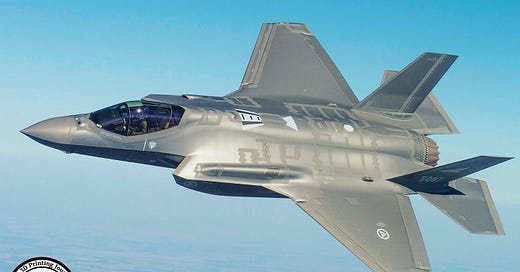Pratt & Whitney Introduces 3D-Printed Parts for F-35 Engine
The company plans to utilize additive technology in simpler engines like the TJ150, aiming for the USAF's Collaborative Combat Aircraft (CCA) programs.
Pratt & Whitney has announced plans to introduce 3D-printed parts into its F135 engine, which powers the F-35 Joint Strike Fighter. This innovation is part of broader efforts to reduce production costs and accelerate manufacturing processes, making the company's products more attractive for programs aimed at mass-producing affordable drones.
In 2018, the company began work on the additive manufacturing of the turbine exhaust case trailing edge box, which directs exhaust gases. This method represents a departure from the standard hydroforming technique, where high-pressure fluid is used to shape metal plates.
3D printing technology offers faster production times and allows for the creation of lighter parts, which is beneficial for aviation. Additionally, the USAF has identified 3D printing as a key element in reducing supply chain burdens. This technology can support the CCA program, which aims to mass-produce affordable drones.
Introducing new material into any project requires additional certification. Beyond the F135 engine, Pratt & Whitney plans to use additive technology in simpler engines, such as the TJ150, with a focus on programs like the USAF's Collaborative Combat Aircraft (CCA). The company has been working on fully manufacturing this engine using additive techniques, which has reduced the number of engine parts from 50 to fewer than five.
A new configuration of the TJ150, which includes additively manufactured rotating parts, will begin testing in 2025, followed by altitude and flight testing. Pratt & Whitney is in discussions with customers about the engine and underlying additive technology for platforms like the CCA. Domestic and international demand could lead to thousands of orders for platforms like CCA drones and associated propulsion systems.
Source: www.prattwhitney.com





